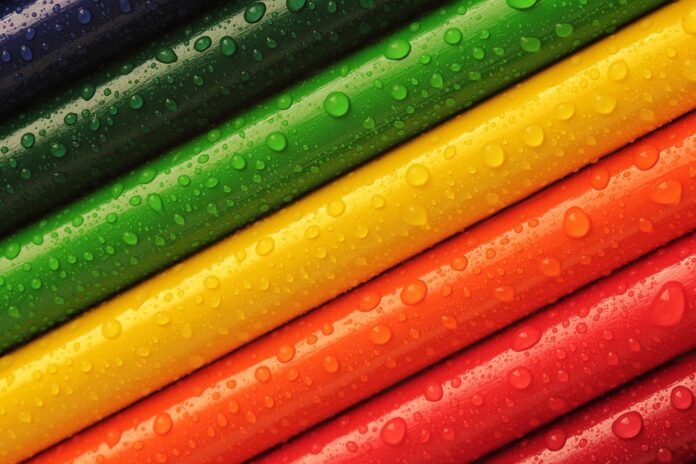Last month, I got the train down to Margate to interview the Egyptian-Armenian artist Anna Boghiguian (b. 1946), whose exhibition The Sunken Boat: A glimpse into past histories was about to open at the Turner Contemporary. Long story short, the conversation did not go well: Anna reacted to my questions with some irritation, swatting them away like low-flying bluebottles. I got flustered, she got bored, and eventually so did I. We wrapped things up around the 20-minute mark and I ran away to stare into the abyss.
It was a shame, because the show was, for the most part, really good. A political scientist by training, Boghiguian makes installation art that examines how the complex historical, social and political forces that shaped the modern world came into being, often taking an unorthodox point of reference as a means to work her way into the twisty narratives she spins out across her gallery-filling set pieces.
There are three such here, the best of which, ‘The Salt Traders’ (2015), is the first thing we see. For this, Boghiguian decided to look at the history of commerce and empire through the prism of salt, a commodity once so valuable that it gave us the word ‘salary’. The aesthetic is resolutely DIY and grungy as hell. The floor is covered with bags’ worth of sea salt, and a good third of the space filled with a wooden structure posing as a Roman shipwreck, its sail bearing the image of a map displaying historical trade routes. There are grease-stained swathes of fabric, grimy sheets of paper onto which Boghiguian has scrawled notes on medieval economics, colonialism and god knows what else; there are also 30 worn-out beehives. Everything looks as though it’s spent a decade at the bottom of a used ashtray, and that grottiness works on a visceral level. I’m still a bit annoyed, but my verdict is thus: she’s 79, and she can probably do what she wants.
Back in London, I heard Ugo Rondinone (b. 1964) had an exhibition at Sadie Coles HQ in Soho. The Swiss-born artist is a blue-chip favourite and a prime peddler of photo-friendly spectacle. He works across a bewildering range of media, sometimes falling back on a handful of visual signatures – cutesy sculptures that look like the Easter Island heads as imagined by Pixar; monumental Day-Glo land art – sometimes not. The only thing that really unites his diverse body of work is a slightly winsome quality, and the fact that every time I see his art, I come away feeling that something’s missing: call it substance, call it ballast – hell, call it ‘soul’ if you like; I don’t detect it.
Everything looks as though it’s spent a decade at the bottom of a used ashtray, and that grottiness works
This show is probably Rondinone’s most Instagram-friendly yet: the entire gallery is decked out in violently bright rainbow colours from floor to ceiling, the space interspersed with life-sized polychrome sculptures of ballet dancers in repose or mid-move. It is, in the literal sense, spectacular: the assault on the eyes will leave them adjusting to the real world long, long after you’ve left, and when I visited, the place was full of tourists taking selfies from every conceivable angle.
Still, it left me cold. If the aspiration here is to create a kind of visual poetry, the effect is rather like watching an artist perform an after-dinner magic trick to the thunderous applause of a chalet full of oligarchs. Or worse still: like ‘accessible’ art as imagined by some terrifying, AI-generated curator of the future.
This got me down, but not half as much as what I had in store: a 25-hour visit to Paris in order to end my marriage. I had planned to get blind drunk afterwards but was instead directed to visit Mark Leckey’s exhibition at Lafayette Anticipations. If you’re not familiar: Leckey (b. 1964) is a ferociously intelligent autodidact who mines the margins of pop culture without slipping into Banksy-like inanity or pseudo-academic overthinking. Instead, his films and installations blend everything down into a murky purée of sound, vision and atmosphere. That last word is key here. For starters, the whole, massive space is lit like a motorway underpass at 3 a.m. on a December morning, as muffled rave basslines and booming, slowed-down voices seemingly emanate from the bowels of the building.
For a moment it feels like the worst psychedelic drug experience in history, but your senses adjust and you’re suddenly on a planet where Transport for London’s ubiquitous road-safety posters carry strange symbolist poetry and slogans; where a map of the artist’s local park comes labelled with visionary symbols; where, in one film, shiny pink CGI-generated toys invade a hallucinatory version of Margate. Leckey is an artist so English that it’s a wonder the famously Anglo-averse Paris art world ever let him in. For my sake, thank god they did.






